
How many times have you felt that you’re wrongly targeted and scratch your head to think where exactly you lie in the brand’s customer journey?
Advertisers assume they know their audiences, because grouping people into buckets is convenient. Customer personas for brands/ advertisers are all made-up (based on assumptions) and, as a matter of fact, personas are deeply rooted in stereotypes. Hard-hitting truth is that mostly designed audiences are not always as they seem. Many times, this limited thinking leads to leaving people out of certain groups or assuming that certain groups wouldn’t buy advertisers’ products. And we have been forgetting to ask a fundamental question to ourselves – why are users coming to our website/app? What motivates them to act in certain ways on our website/app? What are their intentions? Most of the publishers are inferring the motivations based on the user behavior on the website/app. Yes, motivations… not intent.
Motivation vs Intent
Motive deals with an individual’s underlying reasons for performing an act i.e. what drives a person to do something and explains why they do what they do.
The intent is concerned with their willingness to carry out specific actions i.e. what’s going on in an individual’s mind, at the time of performing the act (the mental state).
The common thing in motivation and intent is that both lead to goal-directed behavior. While motivation is a powerful way to give a user the reason to try the website/app (any product), it is the user’s intent that tells us what a user is interested in and therefore, what he is likely to do next. The intent is what provides insights into the user’s interests. Capturing intent signals and profiling users gives us greater chances of lowering our advertising eCPMs. (think Google 🙂 )
What is Intent data & how to determine it?
Intent is information about a user’s willingness to visit the website/app, based on their behavior and activity online. To determine intent, we need to look into topic and context data.

Topic is the subject of interest that brings users to a particular website/app. It is the publisher’s website/app content focused on users’ interests. But the topic isn’t sufficient to determine the user’s intent.
Context provides insight into the nature of a user’s interest in the topic. E.g., users can be interested in purchasing the product (e-commerce web/app) or they are just doing research. Context reveals more information around the user whether they are decision-makers or influencers or no one. This is where customer personas may be helpful, when it is used as a piece of contextual information.
Types of Intent
There are 3 types of intents broadly:
1) Transactional intent: Users come to achieve something. There are further two use cases in transactional type of intent.
a) When users are looking for a specific product and trying to find it on a particular website/app.
Example: Users go to Amazon or Flipkart (preferred e-commerce site) to buy a particular smartphone.
b) When users are looking for a product type (not a specific product), and expecting a good brand or a product to be found that eventually solves the user’s problem.
Example 1: A user wants to buy a hairdryer and doesn’t know which brand. She goes to Amazon or Flipkart to search for a hairdryer and expects a good reliable product to be found.
Example 2: A user wants silky hair after shower. She searches for a solution on Amazon or Flipkart and explore range of products in a certain product-type i.e. hair gels, creams, mousse etc.
2) Informational intent: Users come to learn something. There are further two use cases in the informational type of intent.
a) When users are looking for a solution to their problem.
Example: A user is having a problem with having rough hair post shampoo. She is looking for a solution on Amazon or Flipkart in terms of the right product to make her hair silky and smooth. As per her search, solutions she can come across are hair creams, hairdryers, hair oils, etc. (across different product types)
a) When users are looking for a certain type of information.
Example 1: A user goes to Wikipedia to seek detailed information on something of his interest.
Example 2: A user goes to Netflix or Youtube to explore information about certain topics via documentaries available of those topics.
3) Navigational intent: Users come to refresh themselves (restoration/distraction). Users are either bored or have nothing in mind about what to do. They go online and navigate as per their whims. Examples, Social media, Online book reading, Impulsive shopping, etc.
How to track the Intent data
Capturing and determining the intent signals are highly subjective – as intent signals are time-sensitive. To determine it with a greater degree of confidence, we need to look at two things:
- Individual’s behavioral data as per his subject of interest (topic) – this data provides insight into users interactions (their actions & activities)
- Contextual data around the individual actions – this data provides the specifics about user actions and activities, as the particular time.
Following are certain ways to capture the intent signals:
- Clickstream data – clicks tell us a lot about users’ intent and their expectations.
- Search data – user queries are straight away their intents at the particular time.
- Survey data – determine the intent explicitly by asking users about their needs in a survey in a timely manner.
- Machine learning algorithms – careful analysis users’ actions and activities can tell us about their intent.
How to use the Intent data for advertising
The average person uses 9 mobile apps per day and 30 apps per month. As a matter of fact, more than half of the apps are not used even on monthly basis. Let’s try to understand the app usage by categorizing the apps into the following 2 buckets based on the intent:
- Apps that serve a particular need
- Apps to expel the dullness or kill boredom
Let’s see how the ads can be useful and impactful to the users as per intent types (read about impactful ads as per users intent in this story):
1. Transactional apps are serving the high-intent users e.g. Google search on the top of the list (ads purely based on intent at that particular moment), eCommerce apps, financial apps, taxi-booking apps, etc. Performance-based ads that are related to the users’ intent are very impactful as users see the solutions existing in the ads and click further to seek the solutions to solve their problems.
2. Informational apps are serving the medium-to-high-intent users e.g. OTT apps (users seek information from documentaries, educational videos, etc), books-reading apps, news apps, etc. Brand-based ads that inform users around the context they are in, perform better here.
3. Navigational apps are serving low-intent users. These are the apps that users use to refresh or distract themselves from their routine. Since users are not sure about what content to consume, they navigate and tend to entertain themselves with long formats of videos, music, or games. E.g. social media (Youtube, Facebook, Instagram, etc). It is also the time for users to discover apps with great content. Brand and performance-based ads work greater here as users are in the mode to discover something new.
Eventually, as a publisher, we begin our users’ journey before they first encounter the brand ad, and always want to end it with users being loyal customers. In this endless journey, our primary focus shouldn’t be on getting our users to only consume the content, but start using it. The same is applicable to ads – we should endeavor to get the ads to be used by the users to solve their life problems.
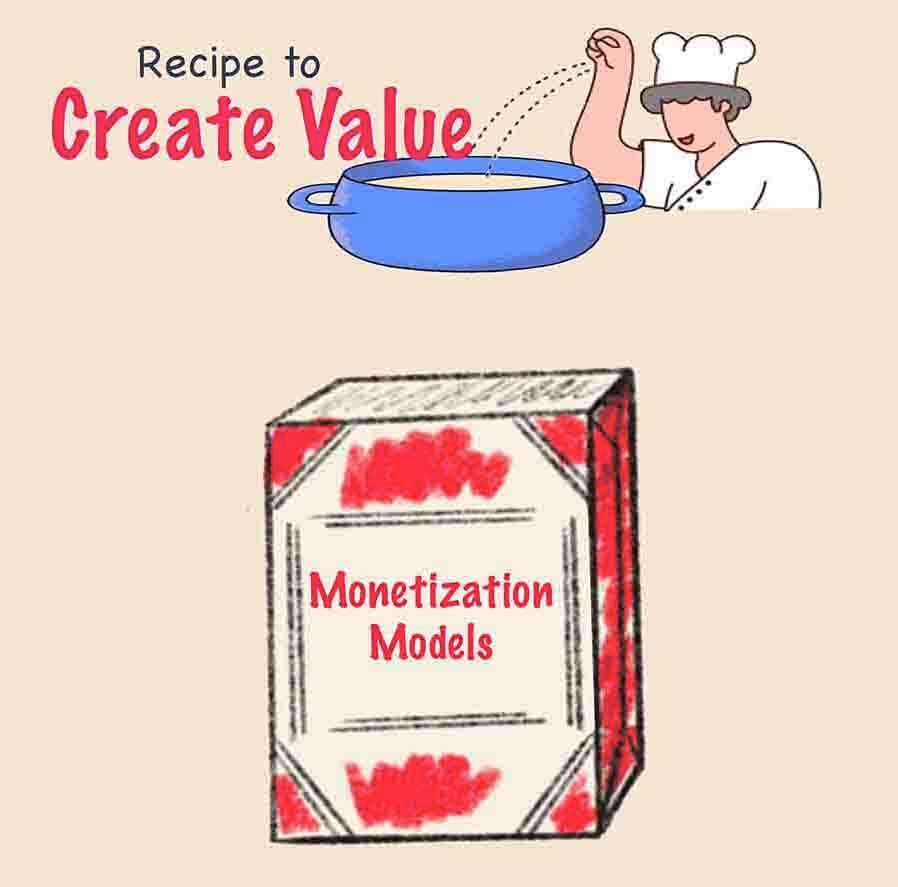
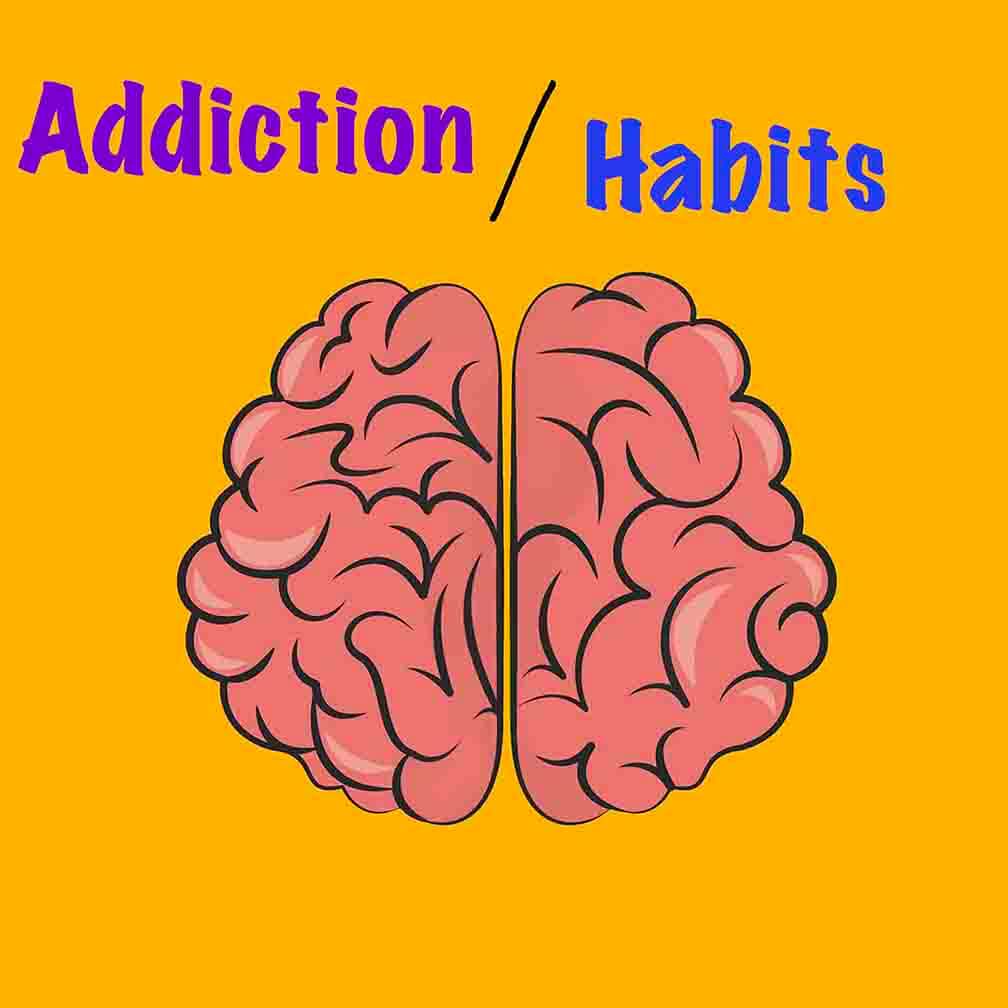
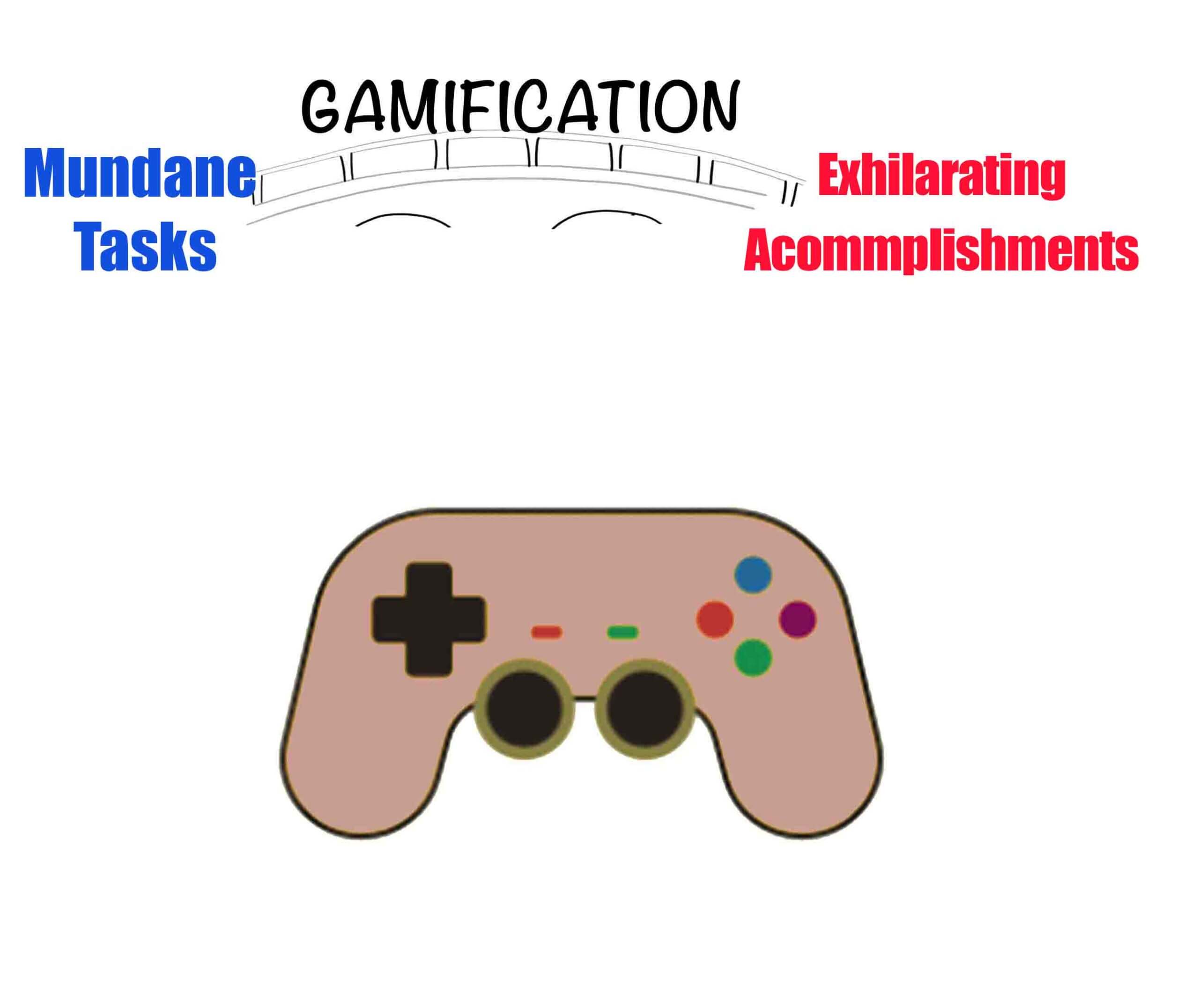
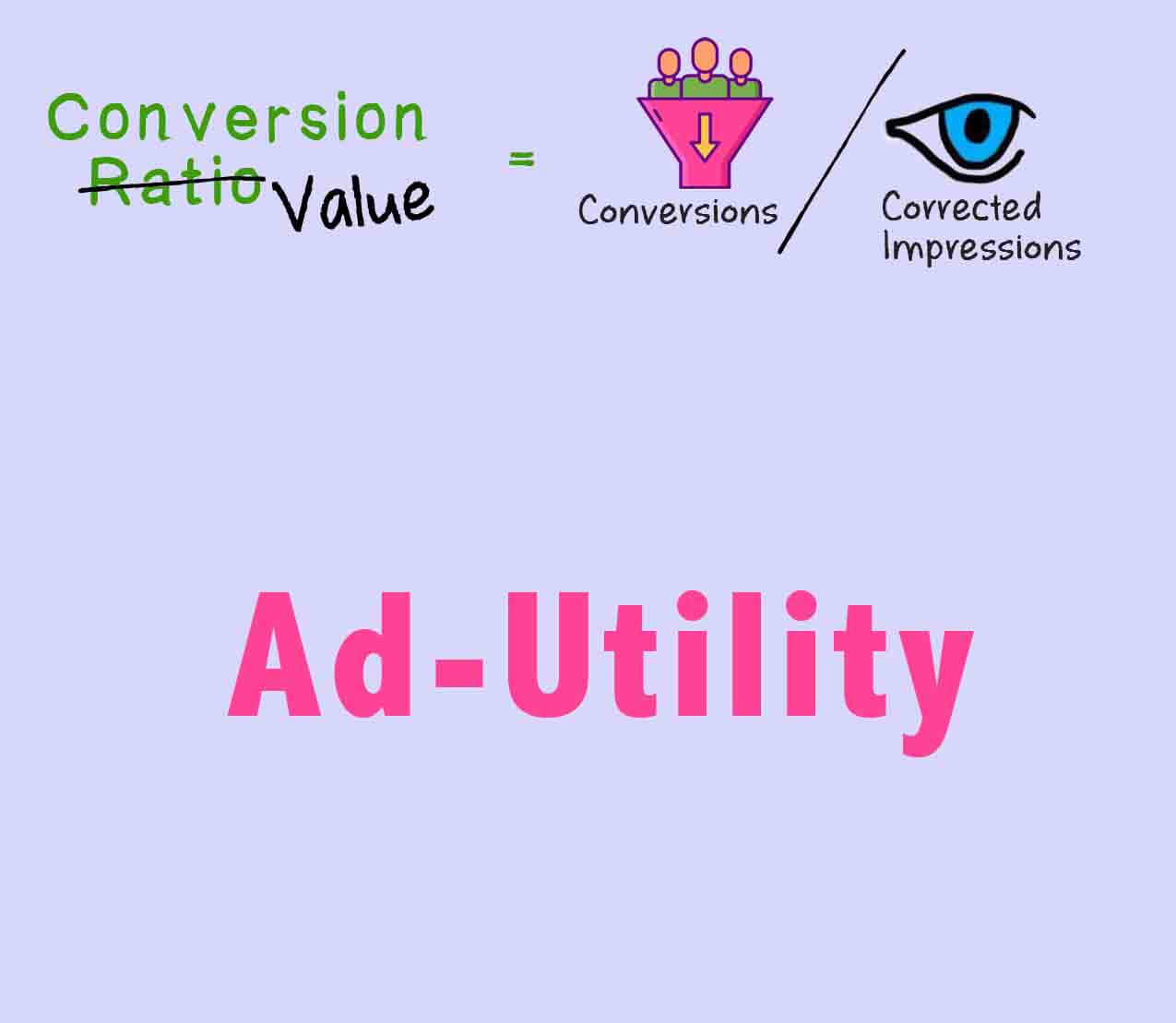
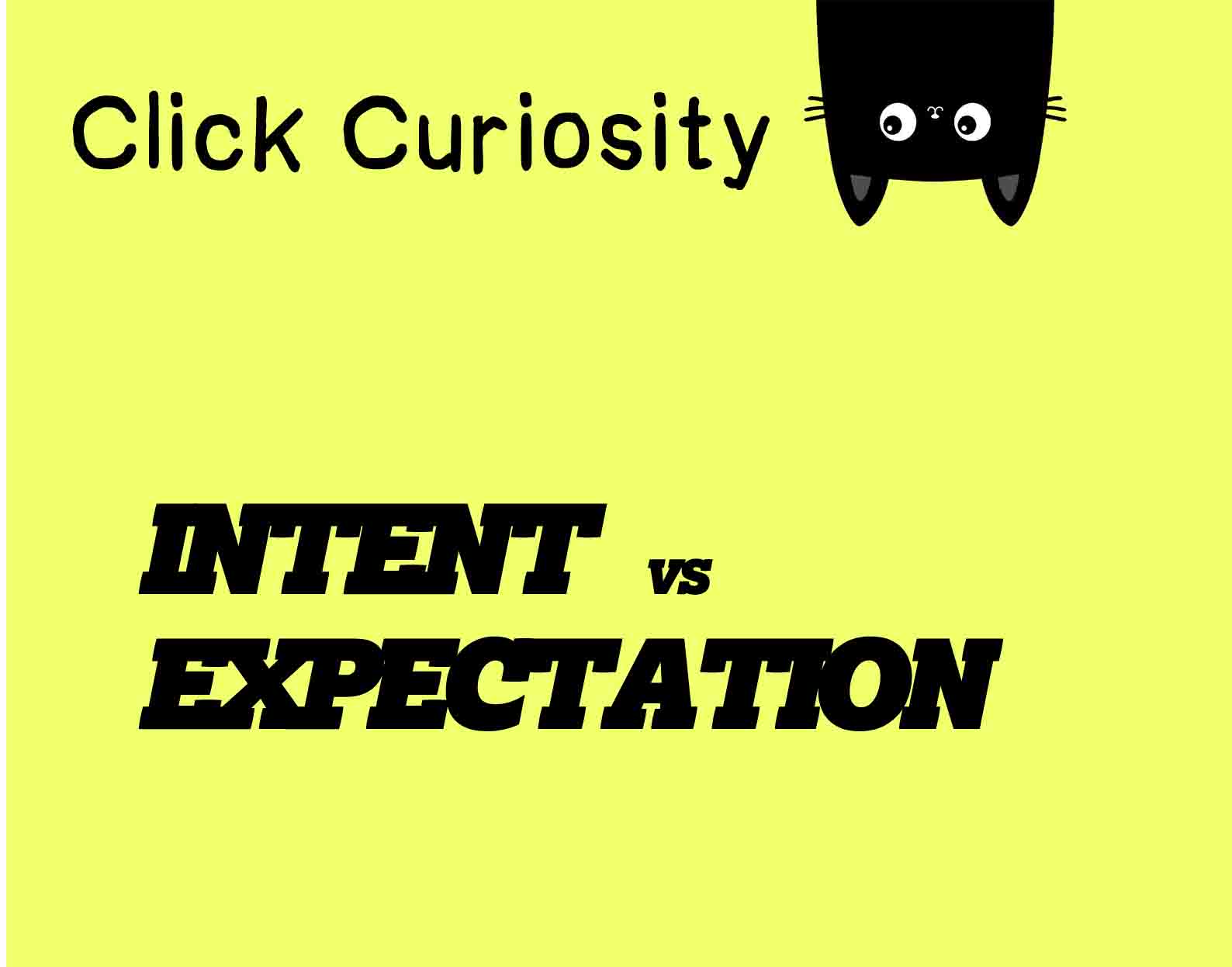
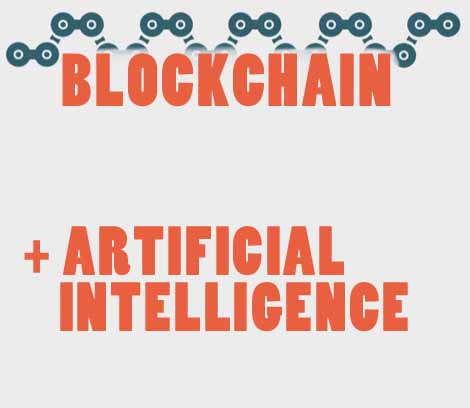
 Swipe for more stories
Swipe for more stories
Comments